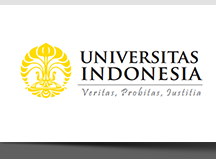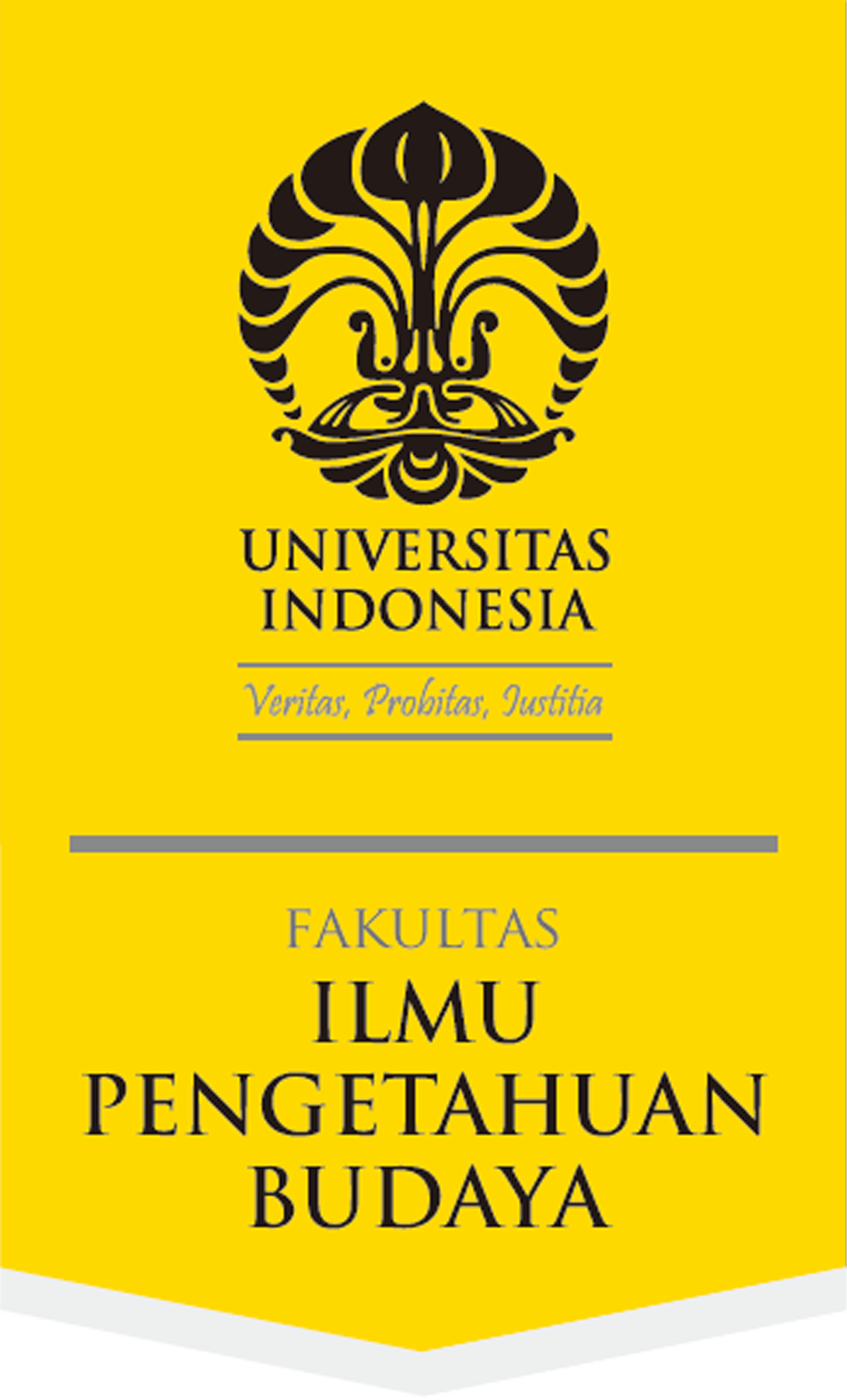Abstract
In this article, I offer new ways of seeing and hearing Sundanese women singers in modern post-independence Indonesia. I propose a dynamic and historical approach to show how individual female singers shaped new material realities and symbolic meanings of modern Sundanese identity (Sunda modern) from the early 1950s through the mid-1970s. My approach emphasizes difference, uniqueness, and novelty in singers’ public image, on-stage presentation, vocal style, and musical repertoire. I contend that singers’ ability to branch out and cross over – by engaging the national (for example, singing in the national language) and the global (for example, Western-inflected genres) – structured a modern feeling of Sundanese-ness that was emergent (but not possible) during the previous colonial era.
References
Aam Amilia. 2001. Bintang panggung; Biografi Tati Saleh. Bandung: Granesia.
Arjo, Irawati Durban. 1989. “Women’s dance among the Sundanese of West Java, Indonesia”, Asian theatre journal 6(2): 168-178.
[Arnesah] Nji A. 1964.“Bedana Ronggeng djeung Djurukawih”, Sari 19 (May): 12-13.
Asnan, Gusti, David Henley, Diks Pasande, Remco Raben, and Esther Velthoen. 2006. “Nation, region, and the ambiguities of modernity in Indonesia in the 1950s”, in: Henk Schulte Nordholt and Ireen Hoogenboom (eds), Indonesian transitions, pp. 115-162. Yogyakarta: Pustaka Pelajar.
Austin, J.L. 1962. How to do things with words. Cambridge, MA: Harvard University Press.
Bader, Sandra. 2012. Intersubjective realities; Women dangdut performers and their lived experience in Indramayu and Jakarta, Indonesia. PhD thesis, Monash University. [DOI:10.4225/03/58a67ca40371b.]
Barker, Joshua et al. 2009. “Figures of Indonesian modernity”, Indonesia 87: 35-72.
Blackburn, Susan. 2004. Women and the state in modern Indonesia. Cambridge: Cambridge University Press.
Bogaerts, Els. 2012. “‘Whither Indonesian culture?’; Rethinking ‘culture’ in Indonesia in a time of decolonization”, in: Jennifer Lindsay and Maya H.T. Liem (eds), Heirs to world culture; Being Indonesian 1950-1965, pp. 223-254. Leiden: KITLV Press.
Brandon, James. 1974. Theatre in Southeast Asia. Cambridge, MA: Harvard University Press.
Caturwati, Endang. 2003. “Titim Fatimah, sinden ternama di Jawa Barat”, Jurnal: Seni Pertunjukan Indonesia 12: 73-92. [Special issue on “Perempuan dalam seni pertunjukan”.]
Cohen, Matthew Isaac. 2006. The komedie stamboel; Popular theater in colonial Indonesia, 1891-1903. Athens, OH: Ohio University Press.
Danielson, Virginia. 2008. The voice of Egypt; Umm Kulthum, Arabic song, and Egyptian society in the twentieth century. Chicago, IL: University of Chicago Press.
Day, Tony. 1986. “How modern was modernity, how traditional tradition, in nineteenth-century Java?”, Review of Indonesian and Malaysian Affairs 20(1): 1-37.
Dirlik, Arif. 2013. “Thinking modernity historically; Is ‘alternative modernity’ the answer?”, Asian Review of World Histories 1(1): 5-44.
Dolar, Mladen. 2006. A voice and nothing more. Boston, MA: MIT Press.
Eidsheim, Nina and Katherine Meizel. 2019. The Oxford handbook of voice studies. New York, NY: Oxford University Press.
Eisenstadt, Shmuel Noah. 2000. “Multiple modernities”, Daedalus 129(1): 1-29.
Foley, Kathy. 1987. “Of gender and dance in Southeast Asia; From Goddess to go-go girl”, Proceedings of the 20th Anniversary CORD Conference. New York, NY: Congress on Research in Dance.
Freud, Sigmund. 1957. “A special type of choice of object made by men” and “On the universal tendency of debasement in the sphere of love”, in: J. Strachey, A. Freud, A. Strachey, A. Tyson, and A. Richards (eds), The standard edition of the complete psychological works of Sigmund Freud, Volume XI (1910), pp. 163-175, pp. 179-190. London: Hogarth Press.
Gaonkar, Dilip Parameshwar. 1999. “On alternative modernities”, Public Culture 11(1): 1-18.
Hatley, Barbara. 1995. “Women in contemporary Indonesian theatre; Issues of representation and participation”, Bijdragen tot de Taal-, Land- en Volkenkunde 151(4): 570-601. [DOI: 10.1163/22134379-90003029.]
Hellier-Tinoco, Ruth. 2013. Women singers in global contexts; Music, biography, identity. Champaign, IL: University of Illinois Press.
Katz, June S. and Ronald S. Katz. 1975. “The new Indonesian marriage law; A mirror of Indonesia’s political, cultural, and legal systems”, The American Journal of Comparative Law 23(4): 653-681.
Kostaman, KS. 1984. “Kapasindenan di Tatar Sunda rek dikumahakeun deui?”, Manglé 976: 22-23, 49.
Lindsay, Jennifer. 2012. “Heirs to world culture: an introduction”, in: Jennifer Lindsay and Maya H.T. Liem (eds), Heirs to world culture; Being Indonesian 1950-1965, pp. 1-30. Leiden: KITLV Press.
Lukens-Bull, Ronald. 2001. “Two sides of the same coin; Modernity and tradition in Islamic education in Indonesia”, Anthropology and Education Quarterly 32 (3): 350-372.
Mang Aeh. 1953. “Kasenian Sunda di Djakarta”, Sunda 7: 20, 23.
Mee, Wendy and Joel Kahn. 2012. “Introduction”, in: Wendy Mee and Joel S. Kahn (eds), Questioning modernity in Indonesia and Malaysia, pp. 1-18. Singapore: NUS Press.
Mieling Jasa-Yasa Upit Sarimanah. 1992. “Mieling Jasa-Yasa Upit Sarimanah, Bandung 29-30 Oktober 1992”, p. 13. [Program booklet.]
Munajar, Nanu. 1998. Titim Fatimah: Pesinden Legendaris. n.p.
Nordholt, Henk Schulte. 2011. “Indonesia in the 1950s; Nation, modernity, and the post-colonial state”, Bijdragen tot de Taal-, Land- en Volkenkunde 167(4): 386-404.
O’Shaughnessy, Kate. 2009. Gender, state and social power in contemporary Indonesia; Divorce and marriage law. New York, NY: Routledge.
Peacock, James. 1968. Rites of modernization; Symbolic and social aspects of Indonesian proletarian drama. Chicago, IL: University of Chicago Press.
Piper, Suzan and Sawung Jabo. 1987. “Musik Indonesia, dari 1950an hingga 1980an”, Prisma 43: 24-37.
Raffles, Thomas Stamford. 1965. The history of Java. Vol. 1. Kuala Lumpur: Oxford University Press. [Oxford in Asia Historical Reprints.]
Ridwan, Indra. 2014. “The art of the arranger in pop Sunda, Sundanese popular music of West Java, Indonesia”. [Unpublished] PhD thesis, University of Pittsburgh.
Roesjan. n.d. [1956?] “Lalaguan di Pasundan”, Budaja 13: 25.
Rosidi, Ajip et al. 2000. Ensiklopedi Sunda; Alam, manusia dan budaya termasuk budaya Cirebon Betawi. Jakarta: Pustaka Jaya.
Ruchimat, Ismet. 2001. “Hj. Titim Fatimah; Perjuangan meniti karir sebagai pesinden terkenal di Jawa Barat”. MA thesis, Gadjah Mada University.
Salmun, M. A. 1961. Padalangan. Second edition. Djakarta: Dinas Penerbitan Balai Pustaka.
Sari. 1964. Sari [Madjalah Basa Sunda Bulanan, Kasenian/Panglipur.] No 18, April.
Spiller, Henry. 2010. Erotic triangles; Sundanese dance and masculinity in West Java. Chicago, IL: University of Chicago Press.
Stone, Christopher. 2007. Popular culture and nationalism in Lebanon; The Fairouz and Rahbani nation. London / New York, NY: Routledge.
Sukanda, Enip et al. 1997. “Pesinden Titim Fatimah”. Bandung: STSI.
Sullivan, Charles. 2020. Years of dressing dangerously; Modern women, national identity, and moral crisis in Sukarno’s Indonesia, 1945-1966. PhD thesis, University of Michigan.
Tan, Sooi Beng. 1993. Bangsawan; A social and stylistic history of popular Malay opera. Singapore: Oxford University Press.
“Upit Sarimanah”. 1958. “Upit Sarimanah: pesinden kesajangan publik”, Musika 1(6): 7.
“Upit Sarimanah”. 1959. Varia 2/60 (10 June): 3, 25.
Vickers, Adrian. 1996. “Modernity and being moderen: an introduction”, in: Adrian Vickers (ed.), Being modern in Bali: image and change, Vol. 43, pp. 1-36. New Haven, CT: Yale University Southeast Asia Studies.
Weintraub, Andrew N. 2004. “The crisis of the sinden: gender, politics, and memory in the performing arts of West Java, 1959-1964”, Indonesia 77: 57-78.
Weintraub, Andrew N. 2013. “The sound and spectacle of Dangdut Koplo; Genre and counter-genre in East Java, Indonesia”, Asian Music 44(2): 160-194.
Weintraub, Andrew N. and Bart Barendregt. 2017. Vamping the stage; Female voices of Asian modernities. Manoa, HI: University of Hawaii Press.
Wiarsih, Iyar.1981. Pasinden jeung rumpakana; Juru kawih wayang golek. Bandung: Yayasan Kebudayaan.
Williams, Raymond. 1990 [1977]. Marxism and literature. Oxford: Oxford University Press.
Yampolsky, Philip. 2014. “Music on Dutch East Indies Radio in 1938; Representations of unity, disunity, and the modern”, in: Bart Barendregt (ed.), Sonic modernities in the Malay world; A history of popular music, social distinction and novel lifestyles (1930s- 2000s), pp. 47-112. Leiden / Boston, MA: Brill.
Zanten, Wim van. 1989. Sundanese music in the Cianjuran style; Anthropological and musicological aspects of tembang Sunda. Dordrecht: Foris Publications.
Recommended Citation
Weintraub, Andrew N.
(2025)
""Sunda modern"; Gendered modernity in Sundanese performing arts,"
Wacana, Journal of the Humanities of Indonesia: Vol. 26:
No.
1, Article 3.
DOI: 10.17510/wacana.v26i1.1803
Available at:
https://scholarhub.ui.ac.id/wacana/vol26/iss1/3









